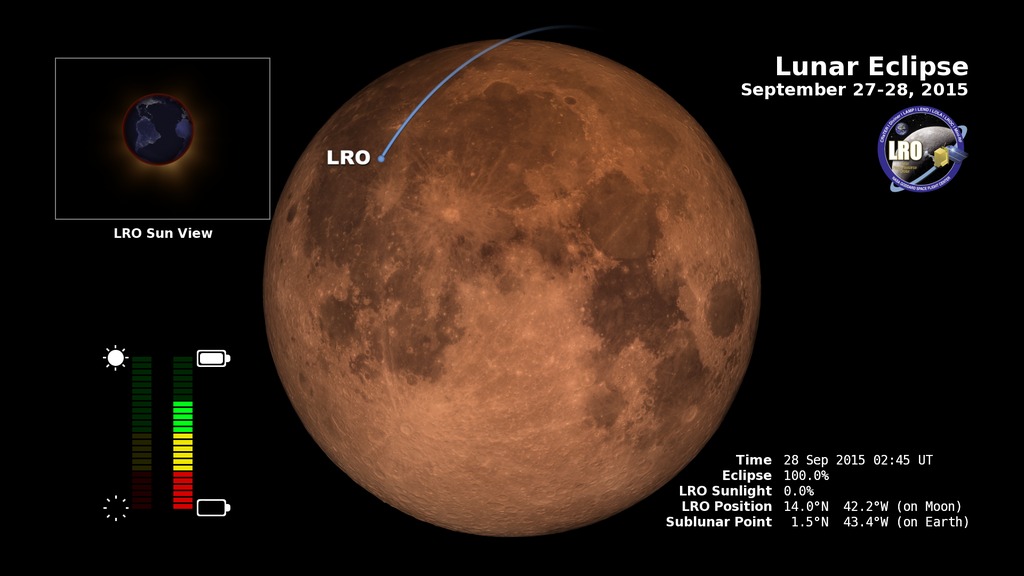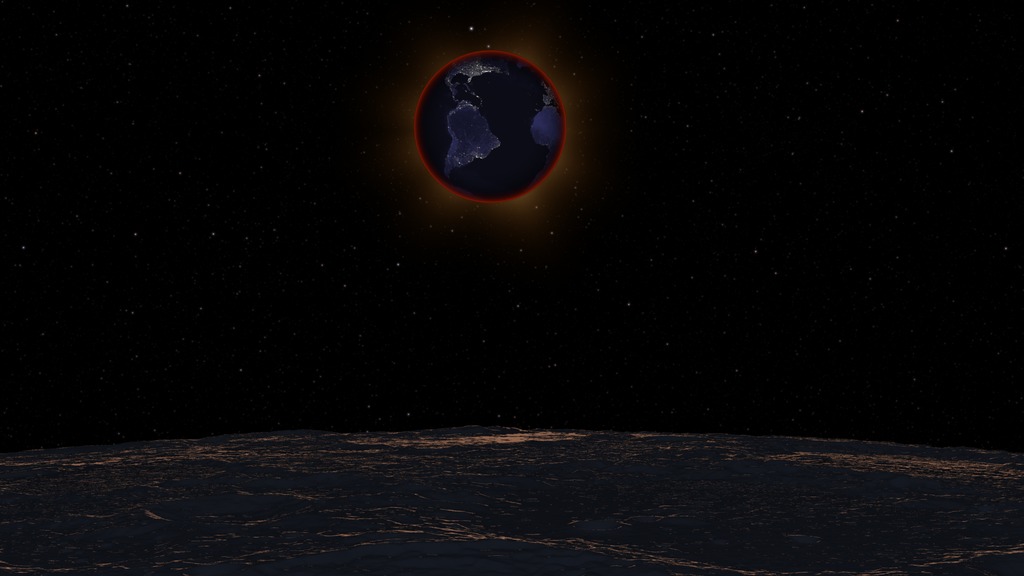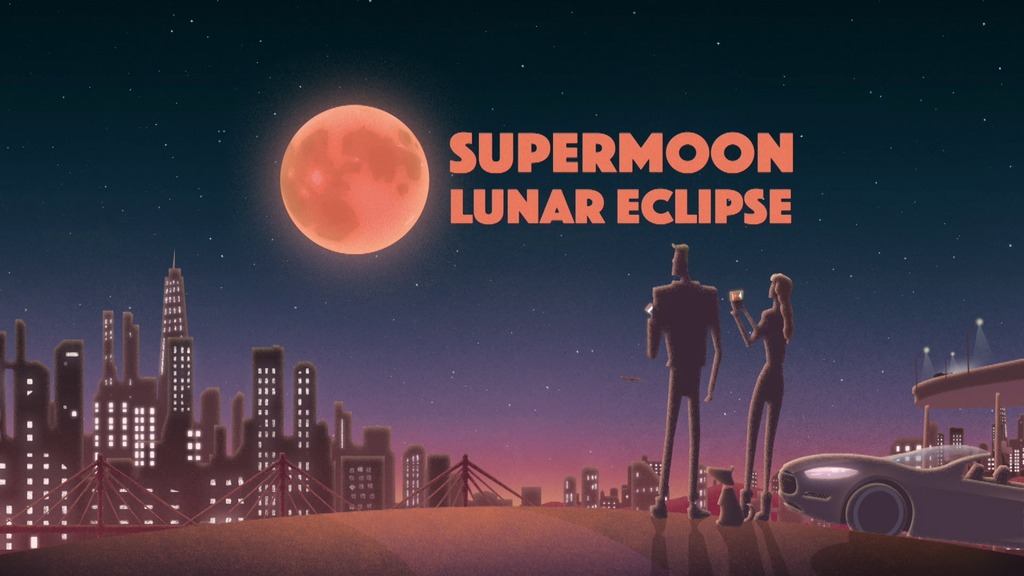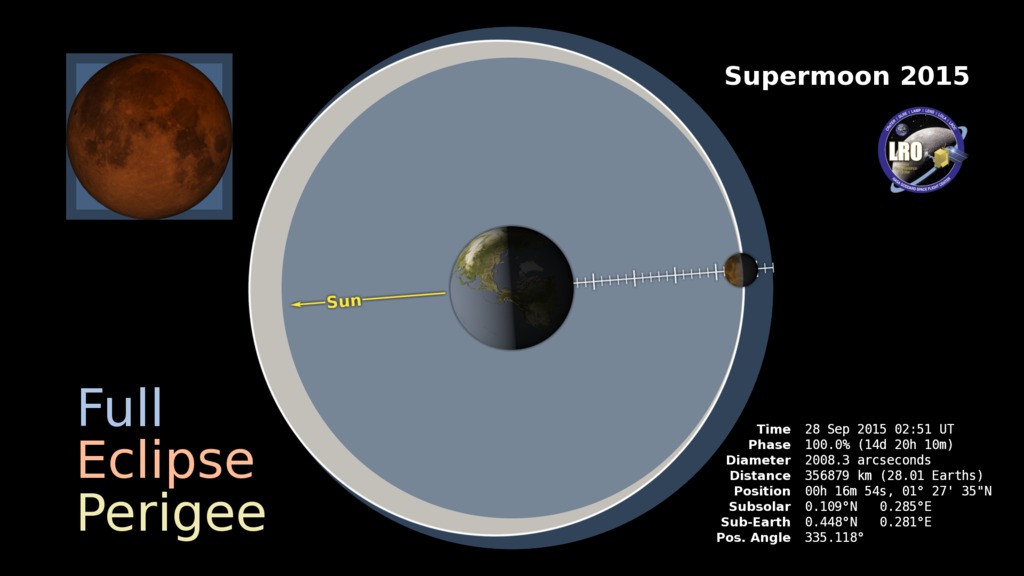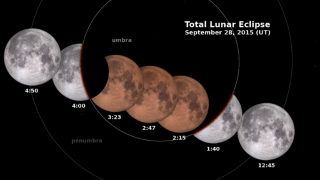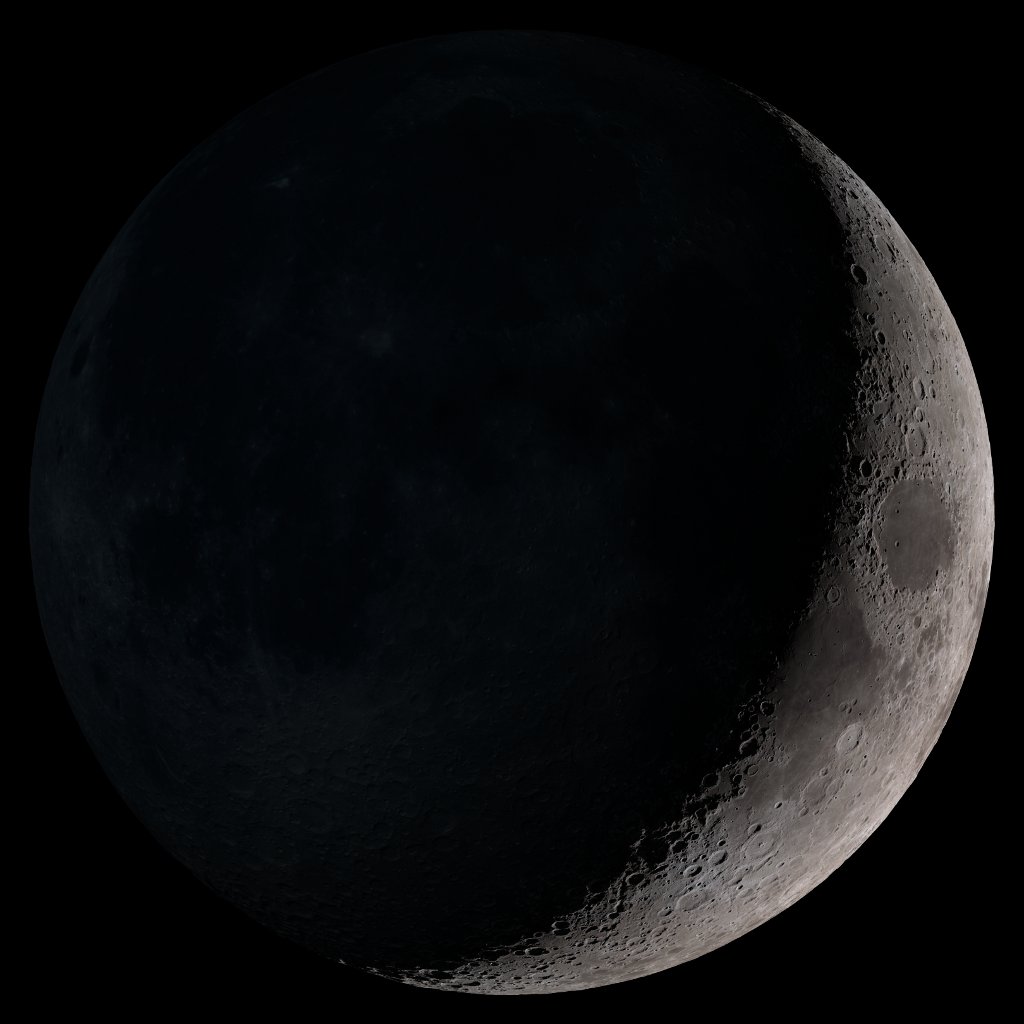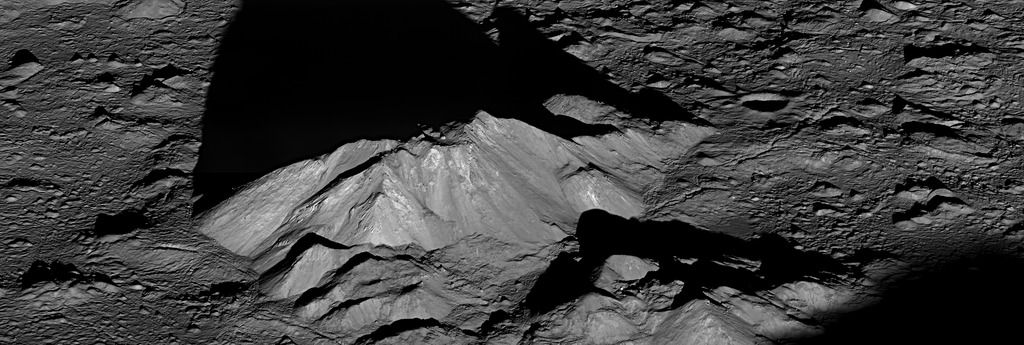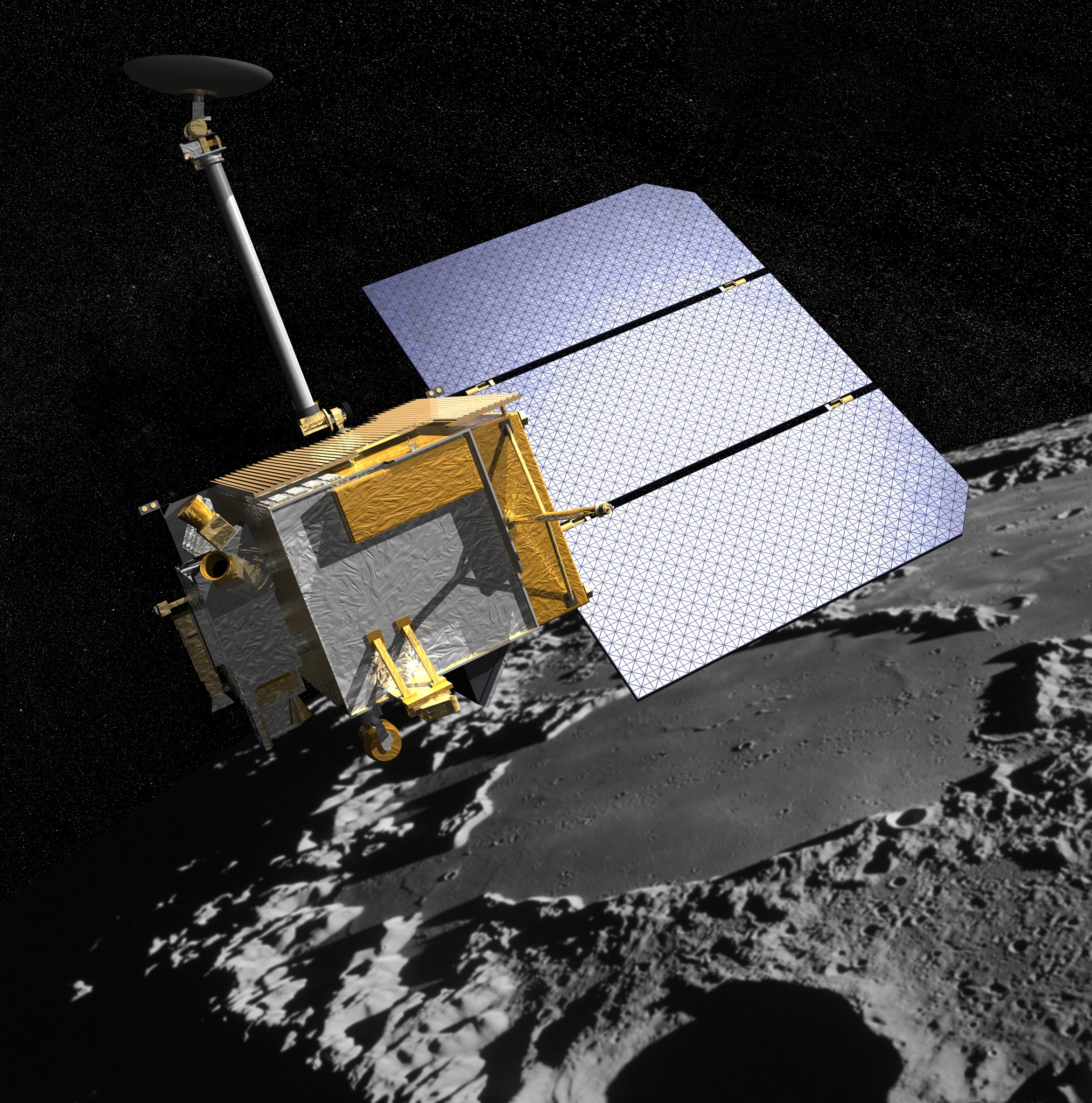Supermoon Eclipse 2015 Live Shots Interviews And B-roll
Interview with Noah Petro - LRO Deputy Project Scientist
Lunar Reconnaissance Orbiter Deputy Project Scientist Noah Petro discusses the Sept. 27th supermoon eclipse and some of the cool things that scientists have learned about our moon.
NASA will provide a LIVE FEED of Sunday's Supermoon eclipse. Click for details.
B-roll available for download referring to 2015 Supermoon and Eclipse.
For More Information
Credits
Please give credit for this item to:
NASA's Goddard Space Flight Center
-
Producer
- Michelle Handleman (USRA)
-
Editor
- Michael Randazzo (Advocates in Manpower Management, Inc.)
-
Project scientist
- Noah Petro (NASA/GSFC)
-
Support
- Rich Melnick (HTSI)
Release date
This page was originally published on Tuesday, September 15, 2015.
This page was last updated on Wednesday, May 3, 2023 at 1:49 PM EDT.
